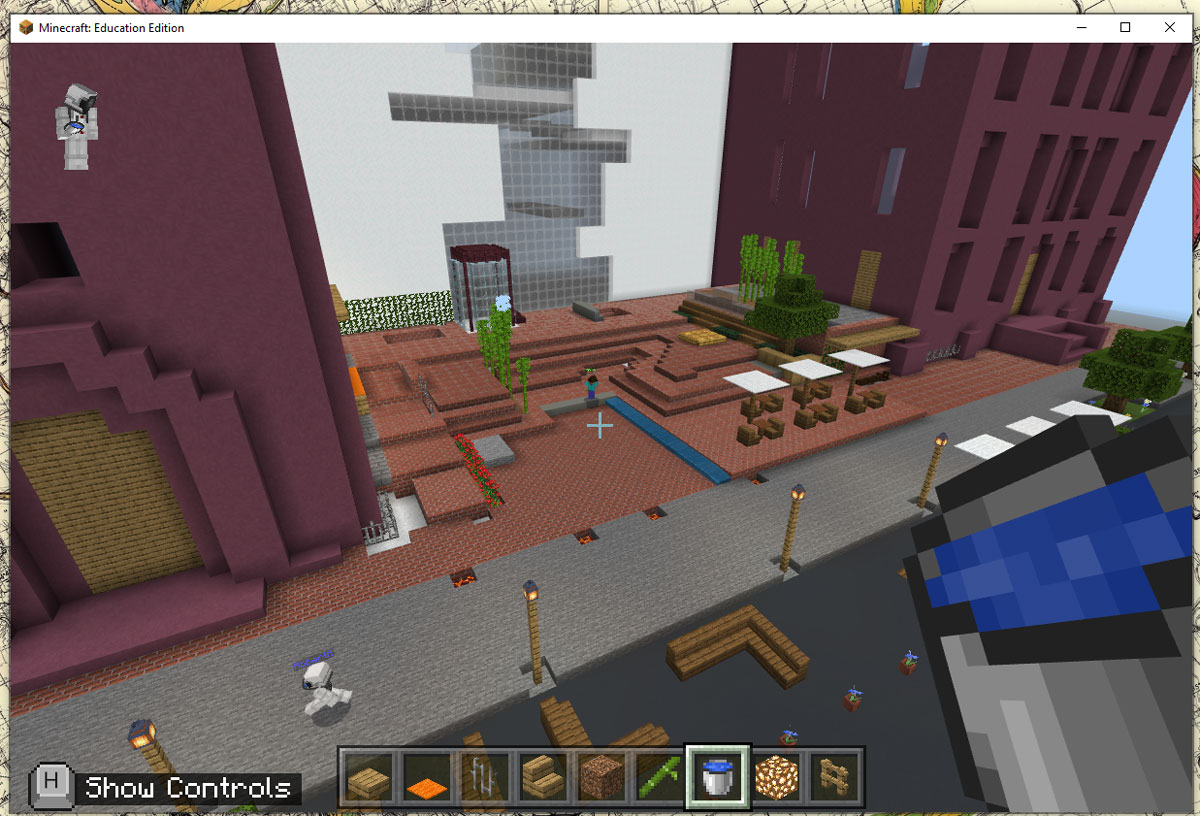Employing Minecraft

Eve Baron
Gopinath Gnanakumar Malathi
Rachel Ko
Can Sucuoglu
SAVI (Spatial Analysis and Visualization Initiative) and School of Architecture, Graduate Center for Planning and the Environment (GCPE)
Children and youth have the potential to act as accumulators and distributors of knowledge in a way that other age cohorts cannot. Participatory planning processes designed to capture this potential and engage youth and children in community decision-making, not only orient the planning outcomes towards the actual needs and interests of the community, but also foster civic-minded future leaders through an opportunity to practice democracy.
Although mainstream participatory practices like charrettes, workshops, and focus groups are valuably repurposed to engage children and youth, there has been a disconnect and a deficit of radical alternatives specially designed to cater to their interest and creativity quotients (Santo et al.,2010; McKoy et al.,2010).
With this in mind, our project aims to leverage the capacity of Minecraft, which according to Forbes and The Guardian is the #1 video game of the first two decades of the 21st century, in order to strengthen place-based outcomes of participatory budgeting. Additionally, the 3D build-and-play video game allows players a large amount of freedom by setting no specific goals and encouraging students to explore as they play.